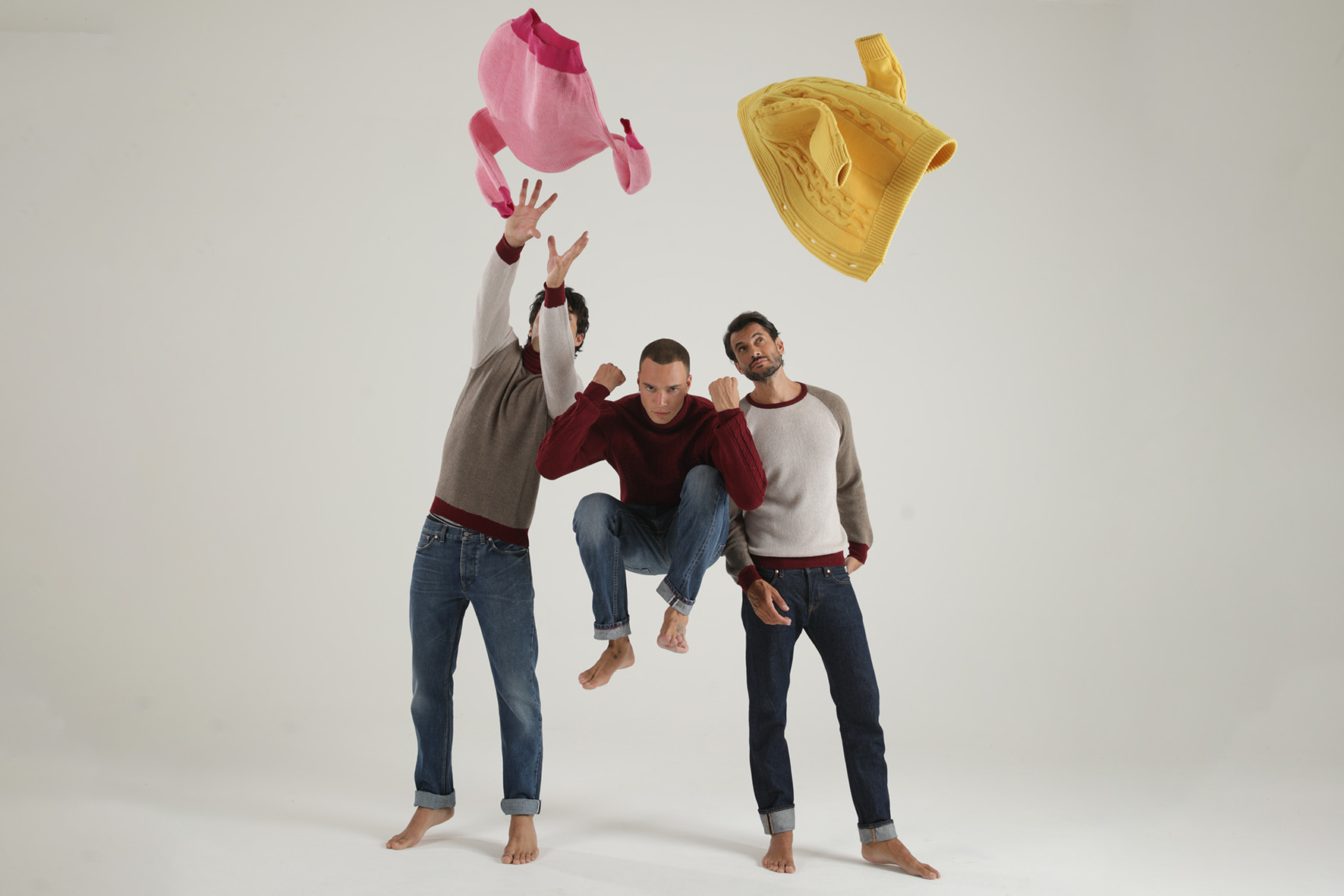
The hustle and bustle of today’s life involves many aspects of our daily lives: think of how widespread fast food has become in recent years, for example, to meet the needs of customers that avoids to take time even to eat. Certainly, the hyper-technologization of society has contributed to the logic of “everything and now”, thanks to the overbearing advent of smartphones. A simple finger on our phone screen today can take us anywhere at any time, and so a good chunk of the market has readily adapted to this dynamic. Just above we were talking about food, but the same argument can also be made for the world of fashion: for the past few years, in fact, we have been witnessing the raging of what many have called “Fast Fashion”.
To be fair, Fast Fashion was born well before digitalization, in the ‘80s, and then finally exploded from 2000 onward. At that time, fashion companies began to produce more and more collections per year at very low costs. Then, the landing in the 2010s, with the explosion of online shops, marked the final consecration of “Fast Fashion”. This business model is essentially based on the idea that a garment doesn’t represent a “commodity of use”, but rather a “commodity of consumption” (indeed, of “overconsumption”) towards which the sense of affection is increasingly decreasing. The low cost of the product, coupled with the possibility of “returns” provided by online shopping, means that consumers are becoming accustomed to buying more and more of what they really need. The sense of value attached to a garment, thus, decreases dramatically, by virtue of the possibility of continuously – and compulsively – procuring new garments, apparently more necessary than the previous ones.
It comes easy to understand, then, how Fast Fashion responds to an absolutely unsustainable business model.
First, let’s talk about why product costs are so low: materials are of low quality, often synthetic, but this is not the only reason. The main one, and certainly even worse, is related to the fact that the production – very fast, as well as cheap – is always located in countries where there are no strict regulations against labor exploitation, and thus allow the exploitation of very cheap labor: according to statistics from the no-profit Remake, every day 75 million people produce clothes for us, and 80 percent are women between the ages of 18 and 24.
Many, in this regard, will remember the dramatic event that occurred in Bangladesh on April 24, 2013: on that day, Rana Plaza, a large 8-story building located in Bangladesh, collapsed, housing apartments, many stores, and, among the businesses, several textile workshops that worked for some of the best-known Fast Fashion brands. Prior to the collapse, several cracks had been detected that resulted in the closure of all businesses except, coincidentally, the textile ones. The toll was dramatic: 1129 casualties and 2515 injured; the only positive outcome of which was to turn the spotlight precisely on the world of Fast Fashion.
Since that time, in fact, light has also begun to be shed on another harmful aspect: the environmental pollution. Indeed, the fashion industry is responsible for the world’s huge masses of water waste and 10 percent of carbon dioxide emissions, due to the extensive use of pesticides and insecticides in the cultivation of cotton crops used to produce fast fashion clothing. It’s also important to remember that the speed with which this type of clothing is produced results in more and more people producing an exorbitant amount of textile waste. Finally, remember the deleterious effect of the use of cheap toxic dyes that, due to washing, make the fashion industry the sector that pollutes clean water the most, after agriculture.
Essentially, with “Slow Fashion” we mean the exact opposite of Fast Fashion. In fact, by this term we refer to a market model based on a sustainable approach to both production and consumption (or rather, use).
As far as materials are concerned, emphasis is placed on quality by contemplating the use of environmentally friendly and sometimes even recycled raw materials. As a result, garments are more durable and of significantly superior workmanship.
In addition, production processes safeguard the environment: for example, closed systems are used for water, so that it can be reused and, above all, prevent colors from polluting by dispersing into wastewater.
Finally, and certainly not a secondary aspect, productions are placed locally and cared for through the wisdom of artisans who, in addition to earning a fair wage, bring their skilled labor to the processing of products that become, thus, unique.
Fortunately, Slow Fashion is gaining more and more consumer acceptance and attention, partly due to a growing awareness of the fashion industry’s impact on the environment.
As far as brands are concerned, it’s important to remember that more and more labels seem to have realized that clothing produced with certain standards is, in the long run, preferable, because it doesn’t lose its characteristics after few washes and few uses. These are, moreover, garments that are less trendy in design and thus don’t suffer the inevitable fluctuations of fashion: items created to last, and thus result in a curbing of that uncritical, bulimic approach to buying.
Desigknit, in addition to ensuring that you can create your own piece of fine knitwear according to your specific needs, represents a brand that has fully embraced a Slow Fashion approach.
In terms of materials, pure cashmere and cashmere silk come from the Marche (a region in Central Italy) and the world’s best-known producer of this noble yarn, while extrafine merino wool is sourced from Biella (in the Northern Italy). Production, then, entrusted to the manual skills and expertise of the best artisans, is located between Parma, Reggio Emilia and Carpi, cities in the Northern Italy that have long been a world-class district for knitwear production.
Via Sardi 24/a, 43124 Parma, Italia
Tel: 347 6997150
Mail: write@desigknit.it